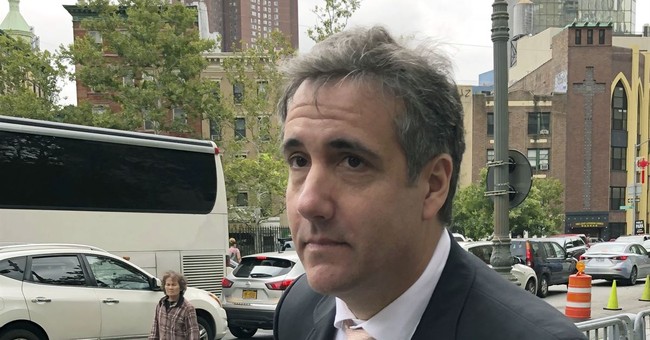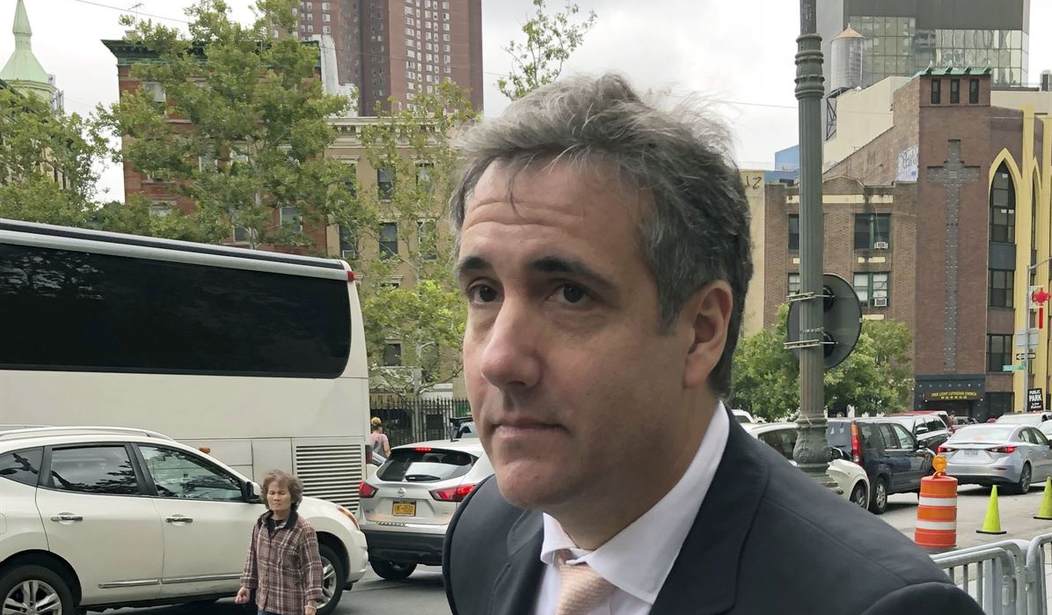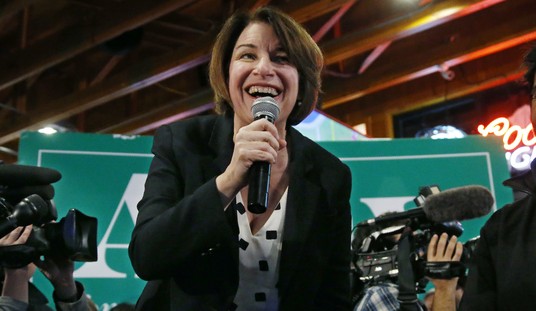
Earlier this week I wrote this article on a Petition for Writ of Habeas Corpus filed by the ACLU on behalf of Michael Cohen, the former personal attorney for Pres. Trump.
By way of background, Cohen was sentenced to 36 months in federal prison for tax evasion and other charges and began serving his sentence in May 2019.
While in prison Cohen had begun writing a manuscript for a book that was to be a retrospective on his long relationship with Pres. Trump, and advertised by Cohen on social media to be “warts and all” description of Pres. Trump’s personal and professional behavior.
In Apirl 2020, Cohen applied for a release on “home detention” as part of a BOP program authorized by Attorney General Barr to reduce the population of the federal prison system in order to contain rising COVID-19 infection rates. Cohen was found to qualify for the program, and in May 2020 he was “furloughed” from FCI Otisville, 75 miles from New York City, so he could travel to his residence to wait while the paperwork under the BOP program was completed.
While on furlough — the terms of which he may or may not have violated — he began to publish on social media that he was finishing his manuscript and hoped to have his book ready to publish in the near future.
On July 9, 2020, he was summoned to the federal courthouse in Manhattan to meet with the United States Probation Office to sign the paperwork regarding his agreement to be released to home detention to serve the remaining two years on his sentence. But one of the forms he was presented included a provision that would have banned him from “appearing” through the media for any purpose during his confinement at home, including social media or publishing a book.
Cohen and his attorney questioned the provision — but have maintained that Cohen never refused to sign. In fact, when it appeared later that day that Cohen was going to be returned to custody by the Bureau of Prisons, Cohen said he would sign the condition. But at that point he was told it was too late, his furlough was canceled, and he was taken back to FCI Otisville. Thereafter the ACLU filed the petition on his behalf.
Two days ago the US Attorney’s Office in the Southern District of New York filed an Opposition to an application for a temporary restraining order sought on Cohen’s behalf.
There is some confusion based on Twitter reports as to exactly what was decided earlier today. Someone who listened to the hearing via teleconference has described the outcome and the comments of District Judge Alvin Hellerstein as having been a definitive resolution on the merits of the petition, and that Cohen has been ordered released.
While it might very well be the case that the final outcome of today’s hearing was an order that Cohen be released, it seems to me that from a procedural standpoint all that could have happened was that Judge Hellerstein found in favor of Cohen on the TRO application, and ordered him temporarily released — basically returning him to the same status he had prior to the dispute arising over the “no media” provision in his release conditions.
If this is the case, this TRO is of limited duration, and there will be another hearing within a couple of weeks on a Motion for Preliminary Injunction to secure Cohen’s release to home confinement until the merits of his petition are actually resolved by the district court. This is significant because once a more complete factual record is established, based on the points made in the Opposition filed by the government, Cohen might end up losing after all.
Here is a rundown of a few of the factual and legal points made in the Government’s opposition:
- Cohen and his attorney were brought to the Courthouse to meet with US Probation to agree to terms for his release to home confinement. The US Probation Office in the Southern District of New York has provisionally agreed to supervise his release to home confinement. This is a matter of some concern right now as the US Probation Office does not have the resources to supervise every one of the federal prisoners now being released early to home confinement under the BOP COVID-19 program. Supervision of prisoners released by BOP to home confinement — as opposed to prisoners released at the end of their prison terms and introduced back into society — is done as a matter of courtesy by US Probation to BOP, not as a matter of their primary responsibility to the US District Court with respect to persons serving a term of Supervised Release.
- Cohen and his attorney disagreed with or disputed every condition that was made part of his agreement with US Probation — which was drafted by US Probation, not anyone at DOJ or BOP.
- Cohen’s case was assigned to USPO Adam Pakula. Because release to home confinement by BOP is very rare, this was the first such case for USPO Pakula.
- Because this was not a release on “Supervised Release” where the District Court had established the terms and conditions for release, USPO Pakula had to draft his own set of terms and conditions. Lacking a form from any prior case of his own, he obtained a sample form from a USPO in another district who was supervising a “high profile” prisoner on release under the same BOP COVID-19 policy.
- None of the terms included by USPO Pakula were given to him by any senior DOJ or BOP officials, including the “no media” provision.
- USPO Pakula participated in a telephone conference with his two supervisors in the USPO and a low-level BOP official who oversaw this kind of paperwork, and all agreed that USPO Pakula’s form was acceptable.
- When USPO Pakula and his supervisor met with Cohen and his attorney on July 9, Pakula found Cohen to be “combative”, with he and his attorney expressing disagreement with nearly every provision in Pakula’s terms and conditions for home confinement.
- Cohen first objected to the requirement that he submit to electronic monitoring to ensure he remained inside his residence.
- At one point when discussing the “no media” provision, Cohen made some reference to the effect that Pakula should “say hello to Mr. Barr”, suggesting that Pakula was in contact with AG Barr.
- Cohen objected to the provision — very standard in my experience — that US Probation and BOP must agree to any potential employment. Cohen suggested this provision was intended to keep him from appearing as a commentator on any news programs where he might discuss Pres. Trump and the upcoming election.
- Cohen also objected to the provision — very standard in my experience — that he have no contact with convicted felons.
- Cohen also objected to the provision that required family members to do his shopping for food and personal necessities.
- Cohen objected to other provisions simply on the basis that he found the wording confusing.
Given Cohen’s apparent intransigence on some of the matters, and given that USPO had only provisionally agreed to supervise Cohen as a courtesy to BOP, USPO Pakula, and his supervisor made a call to BOP to discuss how they wanted to proceed since Cohen’s release was pursuant to a BOP program. The response they received was that any inmate taking the same positions as being taken by Cohen under a home confinement release prior to the COVID-19 program would have been returned to custody as unsuitable for home confinement, and the BOP contacted the US Marshall in the SDNY and directed them to take Cohen into custody and return him to Otisville.
The hearing this morning was before Senior United States District Judge Alvin Hellerstein — 86 years old. Hellerstein was appointed by Bill Clinton.
I do not know all the procedures of the SDNY court in terms of assigning TRO applications and preliminary injunction motions which are connected to a Petition for Writ of Habeas Corpus. Such petitions are commonly filed by federal prisoners in the custody of the Bureau of Prisons and typically are assigned to the same judge who oversaw the defendant’s criminal case when he was sentenced.
But that assignment is generally based on the fact that the challenge in the petition arises out of the facts and circumstances of his conviction or sentence, and the district judge who handled his case is best positioned to deal with such challenges.
Here, on the other hand, the challenge is to the manner in which the BOP COVID-19 program is being applied to Cohen after he was determined to qualify for release to home confinement under the newly established program. So it is quite possible that this case might remain with Judge Hellerstein, and his comments today suggest some sympathy in Cohen’s direction.
But Judge Hellerstien did make some pointed comments in Cohen’s direction even as he ordered that he be released. He emphasized that Cohen was not entitled to treat his release to home confinement as being the equivalent of being a free man.
Notwithstanding the ruling, Cohen is “a prisoner in his own home.” He cautions him with regard to his interactions with the press, stating that just as he could not conduct a press conference from a BOP facility, he should not consider himself able to conduct a press conference from his own home. The judge makes it clear that there are limits to the media participation by Mr. Cohen that will be tolerated.















Join the conversation as a VIP Member